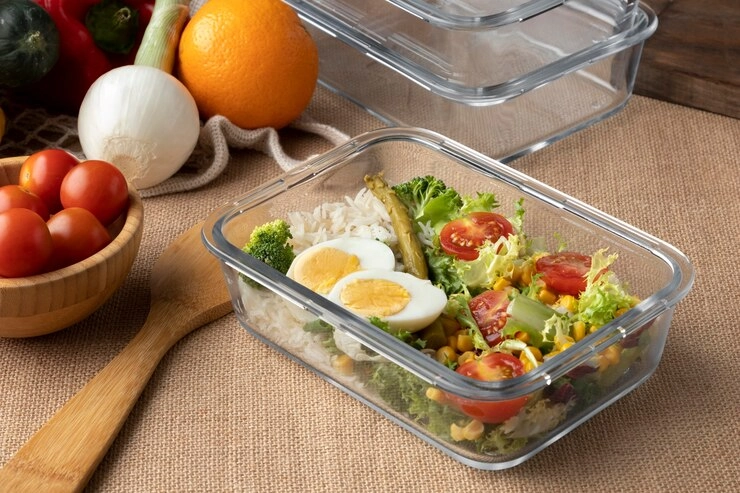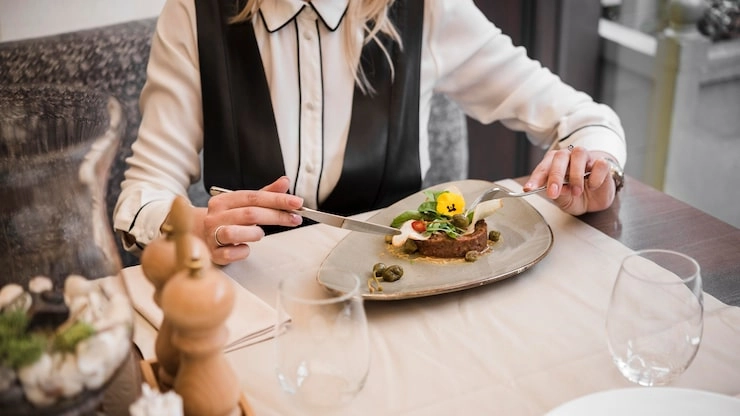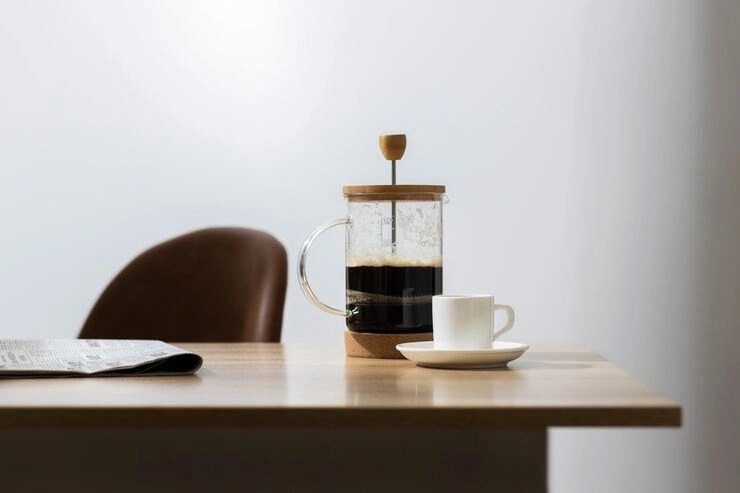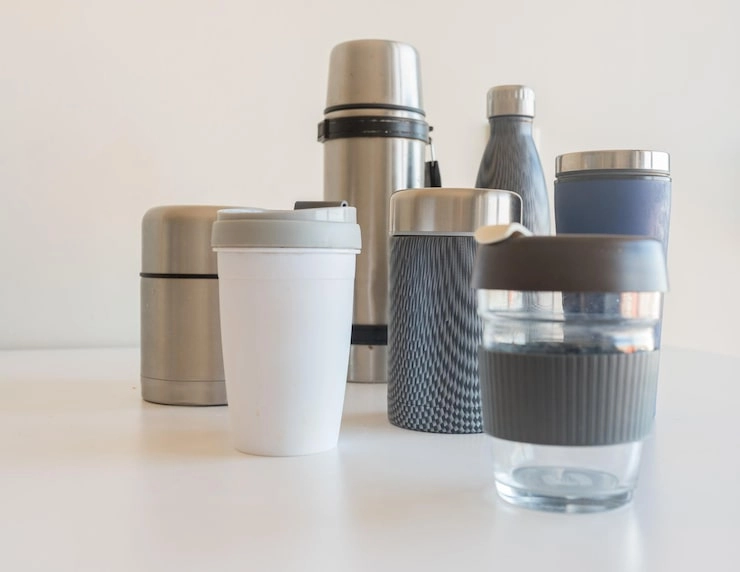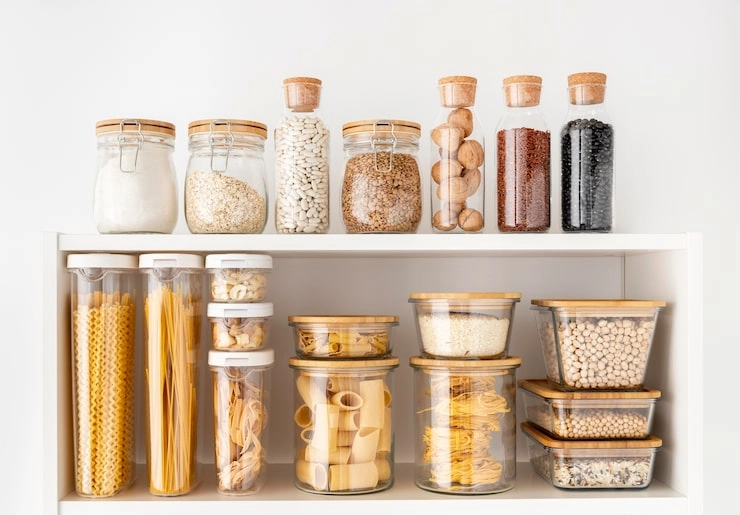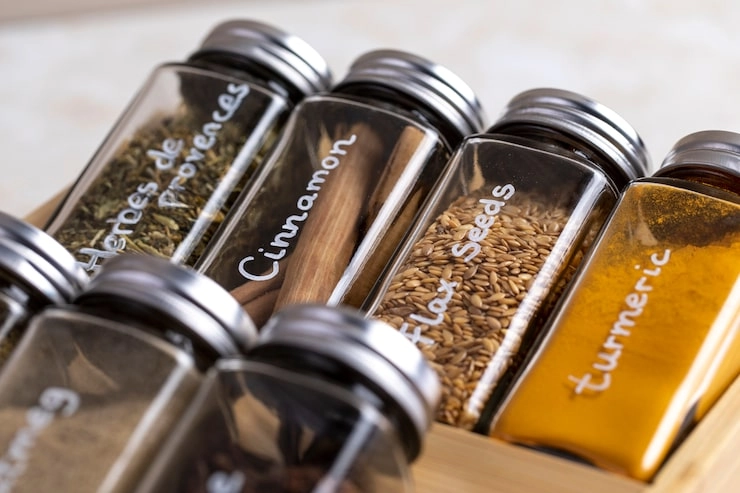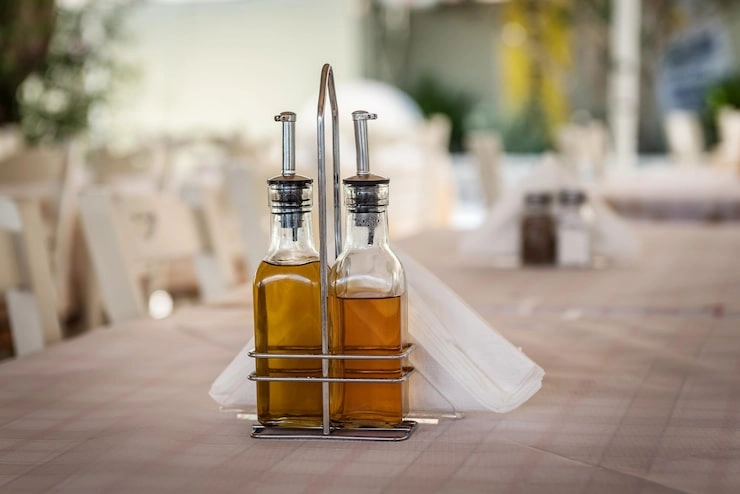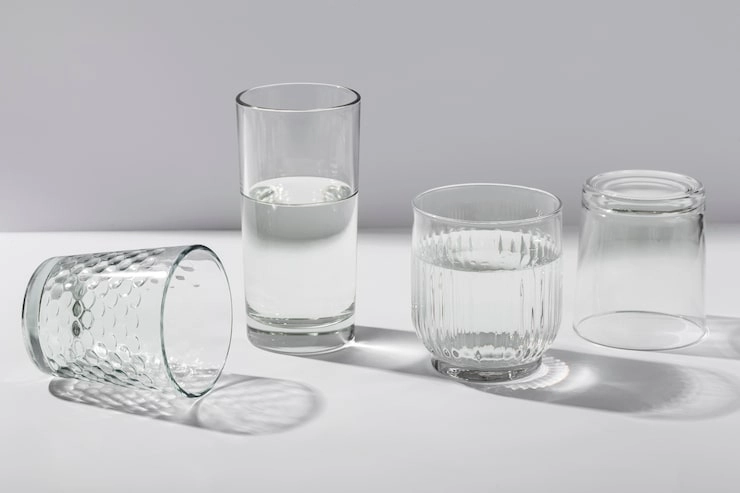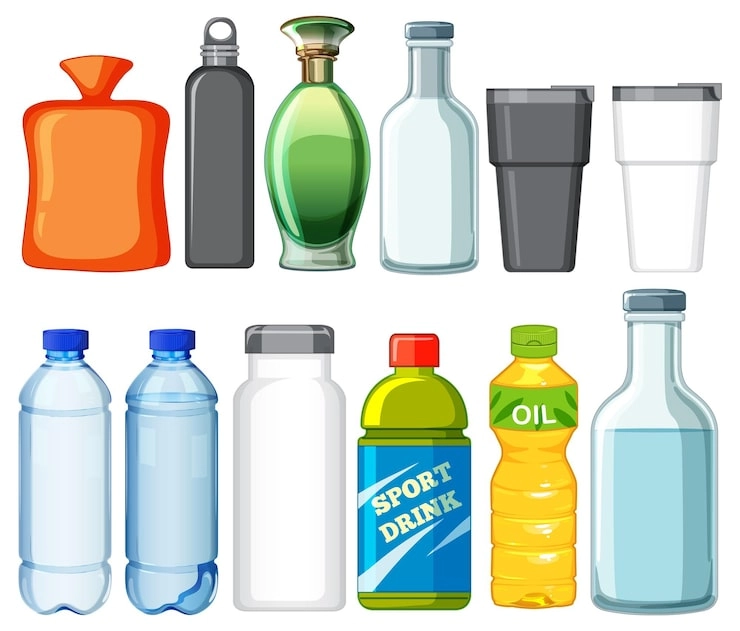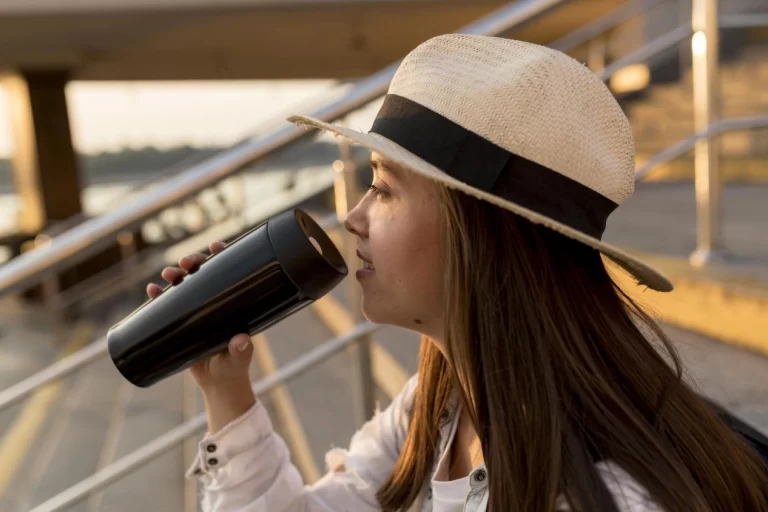Choosing an apt material for a lunch box is essential to sustaining security, sturdiness, and ecological mindfulness. Keeping this in view, we analyze the perks and pitfalls of plastic, metallic, and glass lunch boxes. This will direct you to a reasoned pick. If you cherish harmless selections, heat retention, or earth-conscious options, uncover which material fits you flawlessly.
Introduction of Widely Adopted Lunch Box Materials
When judging the guarding traits of lunch boxes, you must grasp their build. Each material holds its own merits in terms of durability, safeguarding, and environmental influence. Comprehending these contrasts aids you in making shrewd choices about which lunch box serves your purposes.
Glass Lunch Boxes
Glass lunch boxes shine as a prime choice for anyone pursuing a benign option. They house no hazardous elements and defy odors or blemishes. Glass is naturally resilient, though it could fracture if tumbled. Many glass lunch boxes sport safeguarding silicone wraps. These bolster toughness and shield against breaking. Although glass promises stellar safety from chemical threats, its bulk curbs ease of carrying.
Plastic Lunch Boxes
Plastic lunch boxes bask in broad appeal due to their strikingly breezy makeup and modest price. They’re commonly shaped from diverse plastics like polypropylene and polyethylene. These are celebrated for being hardy. They bear daily wear and shrug off harm fluidly without splitting swiftly. Yet, when opting for a plastic lunch box, verify it’s BPA-free. This blocks perilous compounds from trickling into your dishes.
Metal Lunch Boxes
Metal lunch boxes, typically forged from stainless steel or aluminum, yield outstanding resilience and a smooth, lustrous finish. Stainless steel is notably treasured because it wards off corrosion and endures robustly. Furthermore, metal picks are usually dependable. They don’t harbor noxious agents like BPA. Also, they regulate warmth more adeptly than plastic kinds. Still, metal lunch boxes might feel weightier and pricier than their plastic peers.
Evaluating Safety Features in Lunch Box Materials
Safeguarding stands tall when picking a lunch box material. Various factors mold the total security of these vessels. These encompass the absence of harmful agents, heat steadiness, and washing ease.
Non-Toxic and BPA-Free Selections
When gauging the safety of lunch box materials, it’s critical to zero in on non-risky types. BPA (Bisphenol A) is a substance often present in plastics. It may impair well-being if consumed over time. Thus, select lunch boxes tagged as BPA-free. Alternatively, pick materials like glass or stainless steel. These pose no such peril.
Insulation and Heat Regulation
Keeping your dish at the right warmth matters greatly for pleasure and safety. Insulated lunch boxes hold heat or chill firm until you dine. Metal lunch boxes frequently excel in heat preservation over plastic ones. This arises from their heat-guiding quality. However, certain plastic builds include added insulation or cooling packs. These heighten warmth reliability.
Ease of Washing and Care
Being able to cleanse your lunch box fully is another pivotal safety aspect. Plastic and glass holders are typically dishwasher-safe. This renders them convenient for steady upkeep. Metal ones may demand hand washing to maintain their gleam over time. When every nook of the lunch box washes easily, it slashes the odds of germ buildup.
Environmental Influence and Sustainability
Beyond personal safety aspects, pondering the ecological trace of your lunch box pick gains deeper value in today’s earth-mindful society.
Earth-Conscious Material Options
Embracing nature-kind materials marks a firm stride toward sustainability. Glass and stainless steel rate as more planet-friendly than standard plastics. They don’t emit poisons during making or discarding stages. Hence, weigh these if ecological stewardship sways your decision strongly.
Reusability and Recycling Potential
Reusability holds a hefty role in trimming waste from disposable holders. Robust materials like stainless steel and glass enable prolonged use without fading in worth. Moreover, they often yield superior recycling possibilities than some plastics. Those might amass in dumps post-use.
By grasping the diverse materials in lunch boxes, plus their guarding traits and ecological ripples, you can craft astute selections. These harmonize with both wellness aims and broader earth-friendly targets.
SinoGlass: A Dependable Glass Lunch Box Provider
SinoGlass, founded in August 2000 and based in Qingdao, China, has over 25 years of experience in manufacturing household products, including kitchenware and drinkware. With two manufacturing bases and modern logistics centers, they employ over 400 staff and focus on lean production and a robust supply chain. Their mission, “Creating Good Things for Humanity,” highlights their commitment to quality and innovation, making them a dependable choice for glass lunch boxes.
Their glass lunch boxes are likely designed with airtight lids, as seen in similar products like those from Borosil, which prevent leaks and maintain food freshness. Availability in various sizes and designs is also probable, catering to diverse consumer needs, from individual meals to family portions, as suggested by their storage category on Products – SINOGLASS.
Conclusion
Picking the finest material for your lunch box rests on elements like safety demands, ecological mindfulness, and flair. Understanding the traits of varied materials empowers you to make keen choices. These sync with both health priorities and planet-centered aims. Whether you lean toward the airy ease of plastic, the unwavering vigor of metal, or the poison-free certainty of glass, each offers distinct merits. These cater to diverse wants.
Frequently Asked Questions (FAQs)
Q1: How do I know if a plastic lunch box is safe to use?
A: You can ensure a plastic lunch box is safe by checking if it’s labeled as BPA-free. BPA is a chemical that might leach into your food over time, so opting for polypropylene or polyethylene options marked as non-toxic is a smart move. Also, look for dishwasher-safe designs to keep it clean and free of germs.
Q2: Why might I choose a glass lunch box from SinoGlass over metal or plastic?
A: A glass lunch box from SinoGlass could appeal to you if you prioritize safety from chemicals, as glass contains no harmful substances like BPA. Their products likely use borosilicate glass, which resists thermal shock and works in microwaves or freezers. Plus, features like airtight lids and customizable sizes make them practical for keeping food fresh and meeting your specific needs.
Q3: What makes a material more environmentally friendly for lunch boxes?
A: Materials like glass and stainless steel are more planet-friendly because they don’t release toxins during production or disposal, unlike some plastics. They’re also reusable for years without losing quality, reducing waste. Additionally, glass and metal often recycle better than plastics, which can pile up in landfills if not properly processed.


